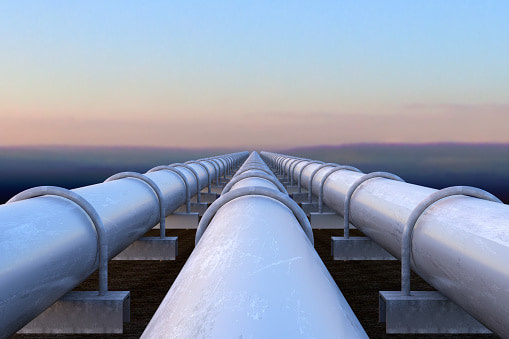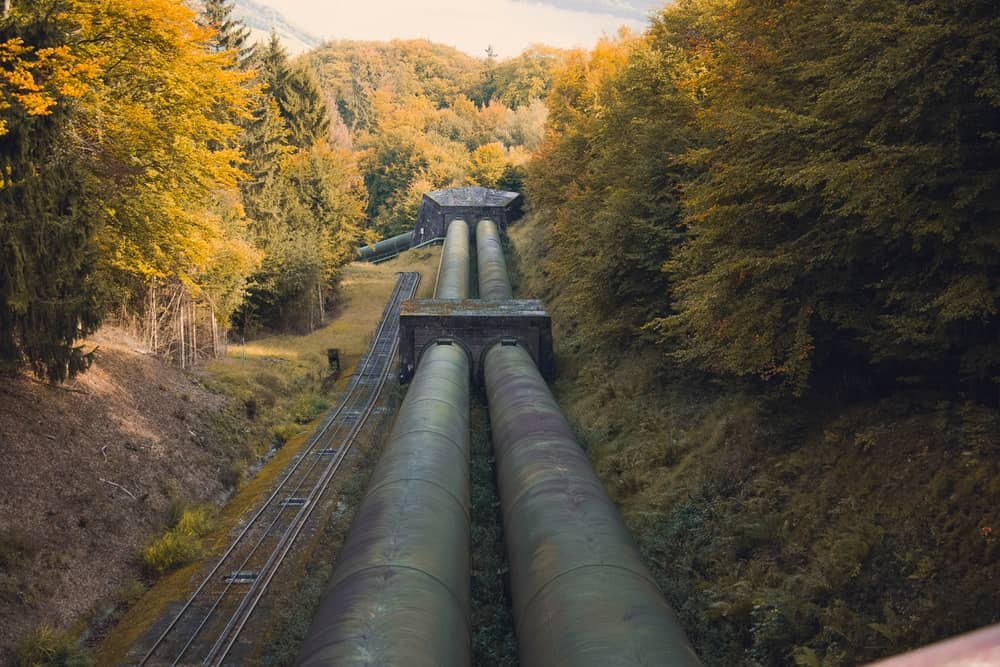
The transportation of natural gas is not as simple as it sounds. There is a lot of science behind it. From the extraction of this fuel to its delivery to tanks and power plants, numerous processes must take place. It is nice to know how natural gas that heats your home or cooks your food travels from the earth to wholesale black iron pipe and fittings and ends up in your space heater or oven.
All you Need to Know About Natural Gas Transportation
Where does Natural Gas Come From
Natural gas is a nonrenewable energy source that originates from beneath the earth’s surface. Natural gas is actually a mixture of a number of components. One of its major portions is methane. Other chemicals of this fossil energy include carbon dioxide and other hydrocarbon gas liquids.
Production of natural gas wells
Once a natural gas source is detected, drilling will start in the area. These drilling wells can be done vertically or horizontally. Because of the change in pressure, natural gas easily travels from its low-lying areas to the earth’s surface.
Raw natural gas is processed through gathering pipeline systems
The raw natural gas that comes from drilling wells contains lots of other components that are not needed. These are the natural gas liquids like ethane, butane, and pentane. Raw natural gas also contains water vapor, nitrogen, hydrogen sulfide, and sulfur. All of these must be removed so that the final product that reaches the customers is ready for use.
To deliver the raw natural gas to the processing plants, a gathering pipeline system is established. These are small-sized pipes that retrieve the gas from the wellhead.
Pipeline systems
After the raw natural gas is cleaned and the unnecessary parts are removed, the product is transferred to another set of pipelines. They are either intrastate or interstate pipeline systems. The size of the natural gas pipelines is consistent throughout the whole line. Compressors keep the natural gas pressurized so that it moves from start to end of the pipes.
Pipeline systems can span great distances. Thousands of miles of metal alloy protect the movement of natural gas from the source to the destination. Engineers of natural gas transportation companies ensure that every section of the whole pipeline system does not have any leaks. Allowing a natural gas leak can be disastrous especially if a large amount of gas has ignited and created a fire in forests or cities.
If the option of traveling by land is not available, natural gas is liquefied. Natural gas in this state has less volume. This makes LNG or liquefied natural gas easier to transport through ships. Liquefaction plants are situated next to processing plants. Terminal facilities are also built to act as storage areas for natural gas. The gas is restored in its original form to be delivered to distribution pipeline systems.
Distribution pipeline systems
Natural gas that comes from main pipeline systems and is delivered to centers can now be distributed to individual consumers who want to use natural gas in their homes. These are the distribution pipeline systems. They perform the same tasks as gathering and main pipelines but on a smaller scale. Residential customers use natural gas for space heating, water heating, and cooking. The customers should buy wholesale black iron pipe and fittings to have a durable and quality pipes for their homes.
Natural gas is compressed in these lines so that it can reach its final destination –the customers. Pressure regulators and meters are installed in distribution systems. They help in the proper flow and regulation of natural gas inside homes and businesses. These devices also ensure that customers only pay for the amount of natural gas that they have used.
Conclusion
Natural gas is an essential source of energy in today’s generation. It is clean and efficient. And nature is still rich with this precious resource for us to utilize. Because of this, we should make sure that little amount is wasted in the transportation of natural gas. Every cubic foot of natural gas is beneficial to the household for cooking and heating purposes.
